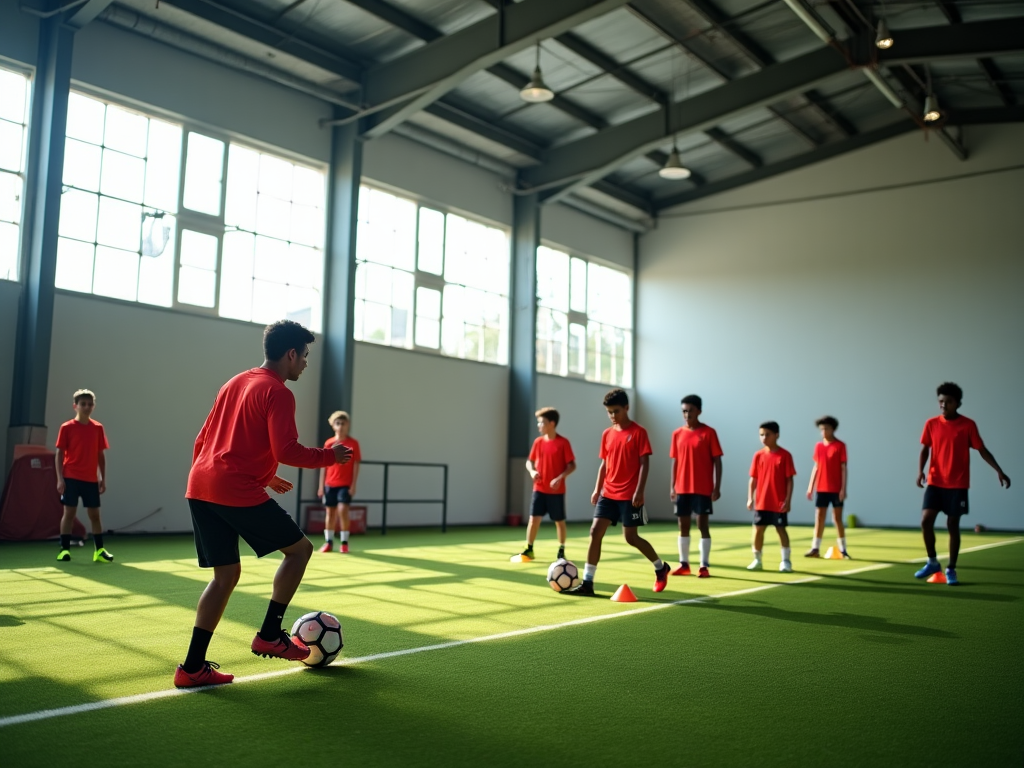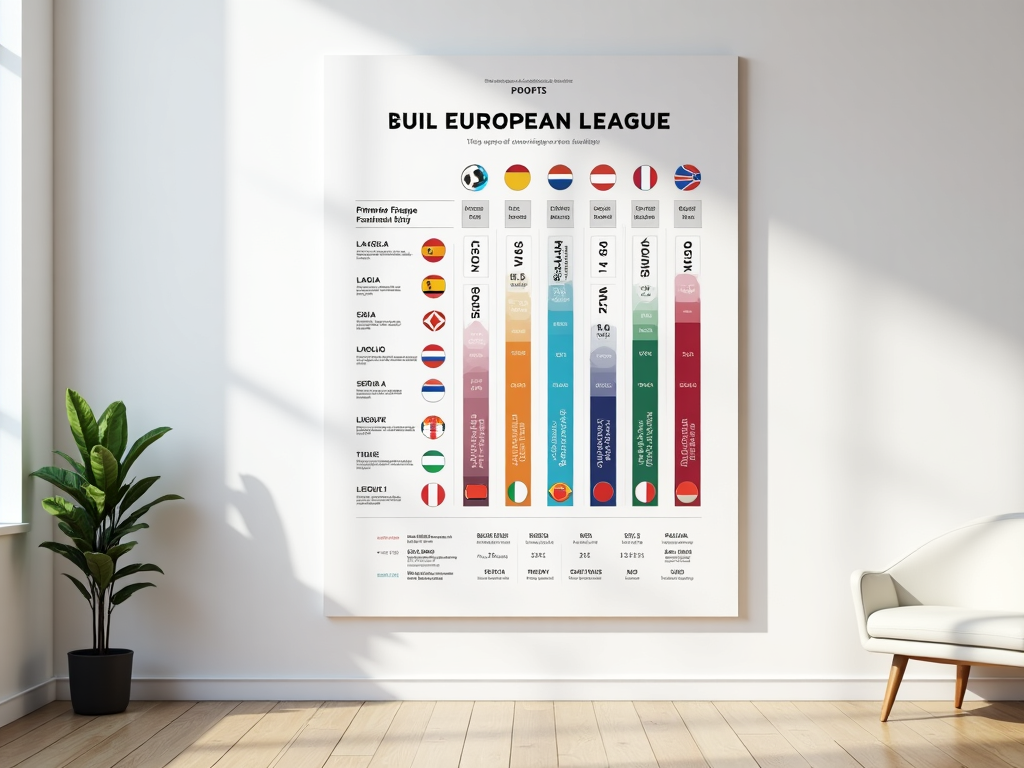Revenue Distribution Models
European football operates under complex financial structures where revenue streams include broadcasting rights, commercial partnerships, matchday income, and player trading. Broadcasting revenue has grown exponentially, particularly in major leagues, creating significant financial disparities between competitions. Commercial activities generate substantial income through sponsorships, merchandising, and global brand expansion. Player trading represents both opportunity and risk, with successful recruitment generating profits while poor acquisitions create financial burdens. Understanding these revenue models is essential for evaluating club financial health and sustainability.
Financial fair play regulations have transformed club financial management, requiring balanced budgets and sustainable operations. Clubs must demonstrate that expenditures align with revenues, preventing excessive debt accumulation. These regulations have increased transparency while creating challenges for clubs seeking rapid competitive improvement. Compliance monitoring examines multiple financial indicators including wage-to-revenue ratios, transfer spending patterns, and overall profitability. The regulatory framework aims to ensure long-term stability across European football.











